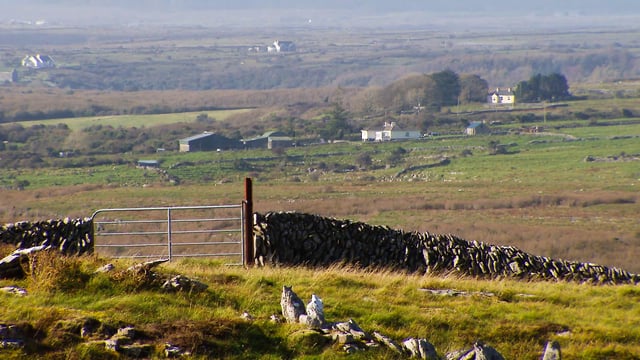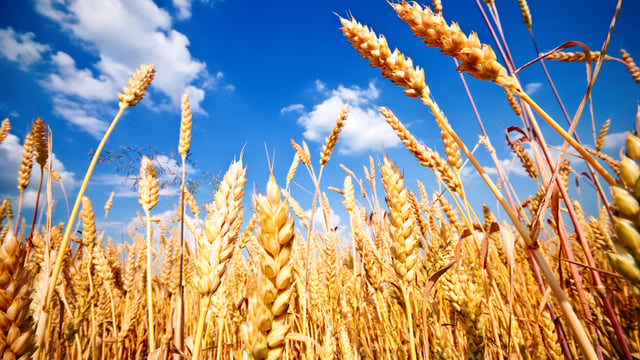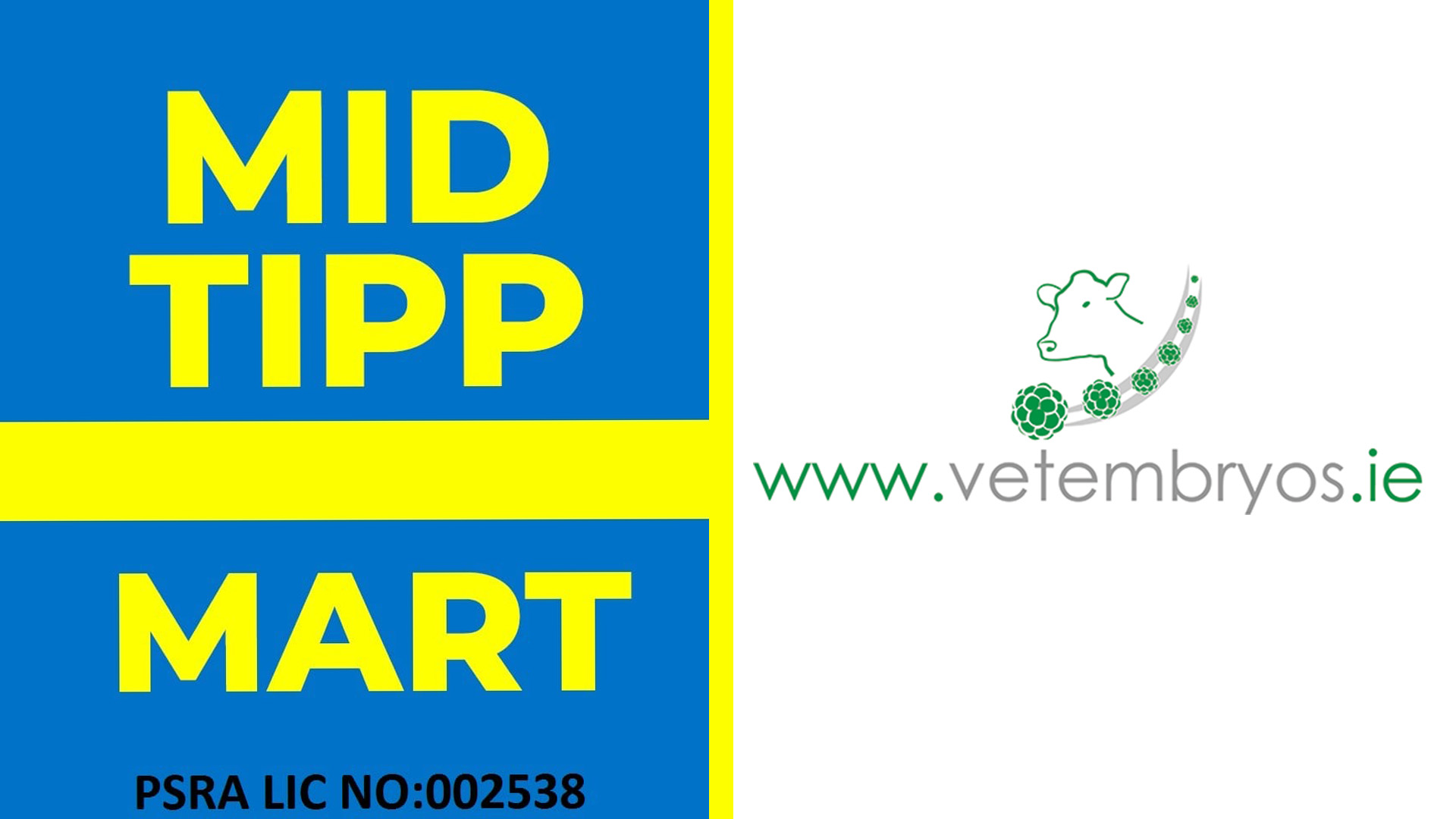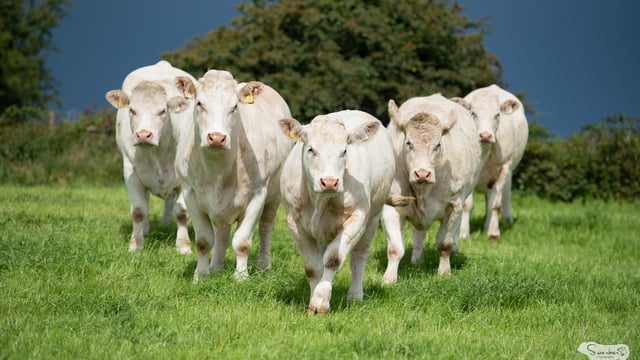Flock management – output per labour unit
In terms of flock management, Glasgow Veterinary School academic, George King believes that output per labour unit will be the factor that most impacts on the sustainability of Irish sheep production systems into the future.
He spoke at the recent EasyCare open evening, hosted by Co. Antrim flock owner Campbell Tweed.
“The days of measuring lamb output per acre or per hectare are fast coming to an end,” King stressed.
“It’s all about farmers and flock managers putting a realistic value on their time.
“The person involved could have been more gainfully employed fencing, making silage or even enjoying some valuable down time.”
The Glasgow-based veterinarian has a specialist interest in small ruminant production systems. He went on to highlight the significant amount of time input required of flock owners at shearing time.
“Surveys have shown that the entire months of July can be taken up with shearing-relating activities,” he explained.
“But to what end? Wool is a very low value fibre, the price of which is unlikely to rise to any great extent during the period ahead.
King went on to point out that it is the job of the sheep to carry out the work, for the most part, not the farmer.
“Ewes that have consistent difficulties at lambing should not be kept. They are simply adding to the work burden for shepherds to no extra benefit across the flock as a whole."
Significantly, King included the issue of distressed lambs at birth as being a management factor that sheep producers must take full account of.
“Lambs born with a yellow colouration on their fleece at birth should be included within this category. This indicates that they defecated while lambing. This is a clear sign of stress.
According to King, boosting flock health must be seen as a priority.
“Disease prevention must be seen as a valuable insurance policy,” he stressed.
“And appropriate vaccination programmes are very important in this regard.”
Clarke also questioned the need for castration and dagging of lambs.
Turning to a more general point Clarke said that the farming sectors would be facing up to the challenge of a carbon tax at some stage in the future.
“Emissions represent one aspect of the carbon footprint equation; the carbon sequestration potential of soils is the other," Clarke added.
“I think it is unlikely that any government would introduce a carbon tax on agriculture, prior to an accurate survey of soil sequestration rates being carried out.”





